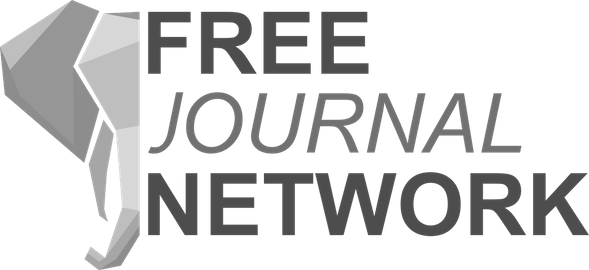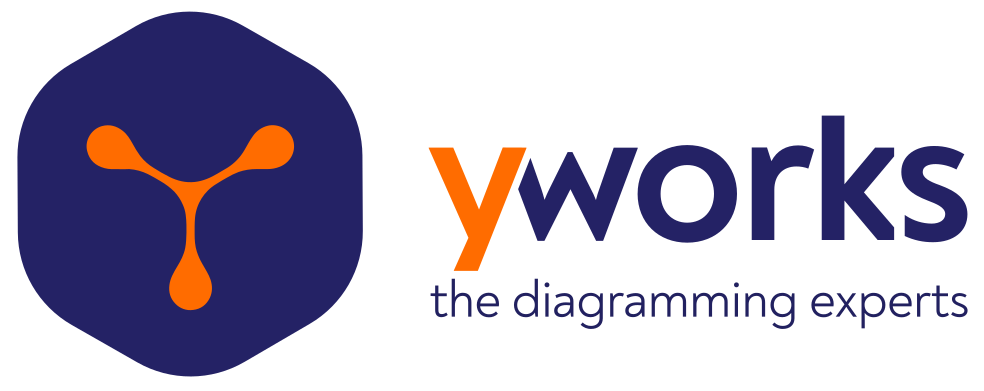Planarity Testing and Optimal Edge Insertion with Embedding Constraints
DOI:
https://doi.org/10.7155/jgaa.00160Keywords:
graph drawing , planarity test , embedding constraints , planarizationAbstract
The planarization method has proven to be successful in graph drawing. The output, a combinatorial planar embedding of the so-called planarized graph, can be combined with state-of-the-art planar drawing algorithms. However, many practical applications have additional constraints on the drawings that result in restrictions on the set of admissible planar embeddings. In this paper, we consider embedding constraints that restrict the admissible order of incident edges around a vertex. Such constraints occur in applications, e.g., from side or port constraints. We introduce a set of hierarchical embedding constraints that include grouping, oriented, and mirror constraints, and show how these constraints can be integrated into the planarization method. For this, we first present a linear time algorithm for testing if a given graph G is ec-planar, i.e., admits a planar embedding satisfying the given embedding constraints. In the case that G is ec-planar, we provide a linear time algorithm for computing the corresponding ec-embedding. Otherwise, an ec-planar subgraph is computed. The critical part is to re-insert the deleted edges subject to the embedding constraints so that the number of crossings is kept small. For this, we present a linear time algorithm which is able to insert an edge into an ec-planar graph H so that the insertion is crossing minimal among all ec-planar embeddings of H. As a side result, we characterize the set of all possible ec-planar embeddings using BC- and SPQR-trees.Downloads
Download data is not yet available.
Downloads
Published
2008-01-01
How to Cite
Gutwenger, C., Klein, K., & Mutzel, P. (2008). Planarity Testing and Optimal Edge Insertion with Embedding Constraints. Journal of Graph Algorithms and Applications, 12(1), 73–95. https://doi.org/10.7155/jgaa.00160
Issue
Section
Articles
Categories
License
Copyright (c) 2008 Carsten Gutwenger, Karsten Klein, Petra Mutzel

This work is licensed under a Creative Commons Attribution 4.0 International License.







